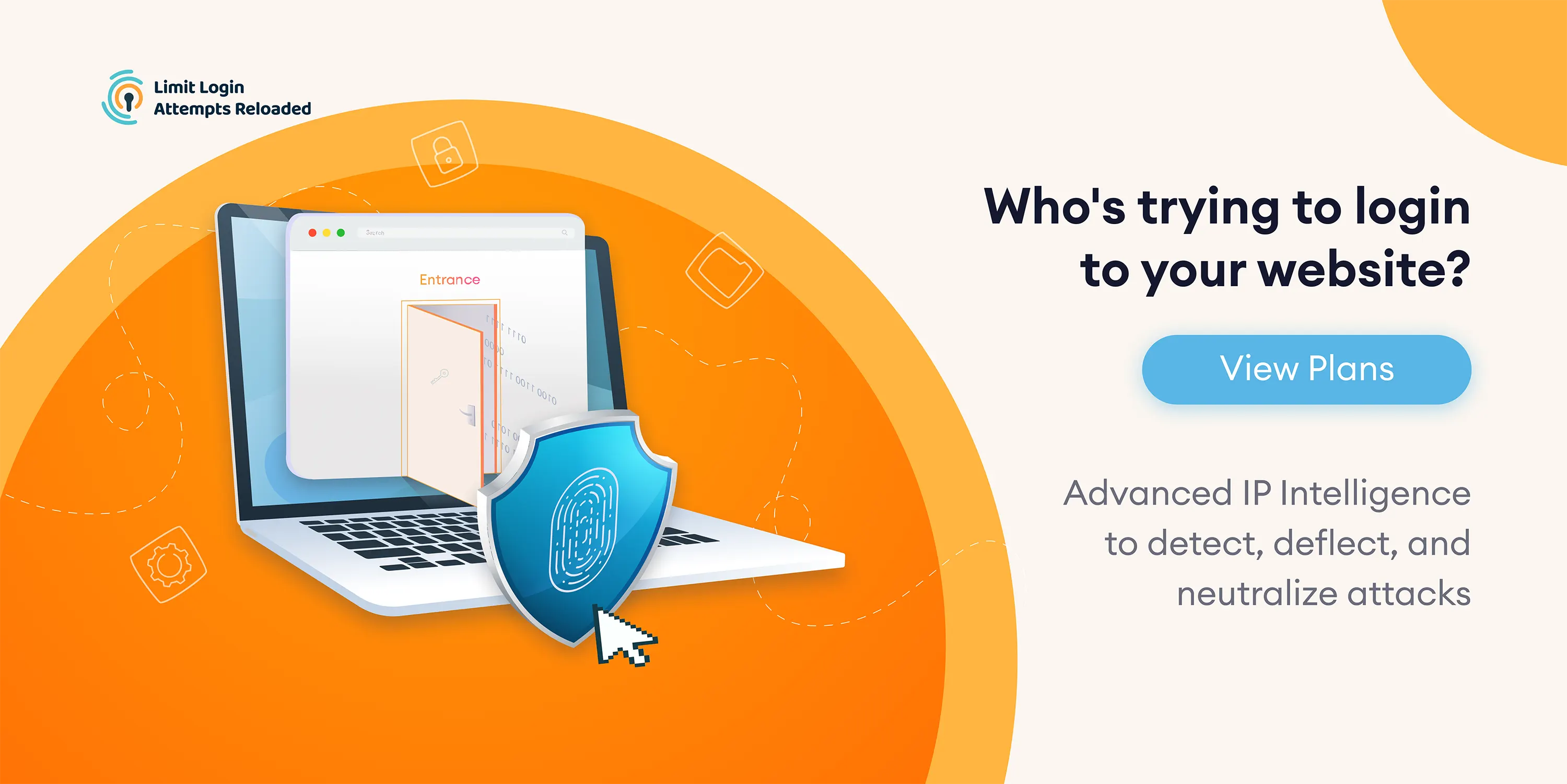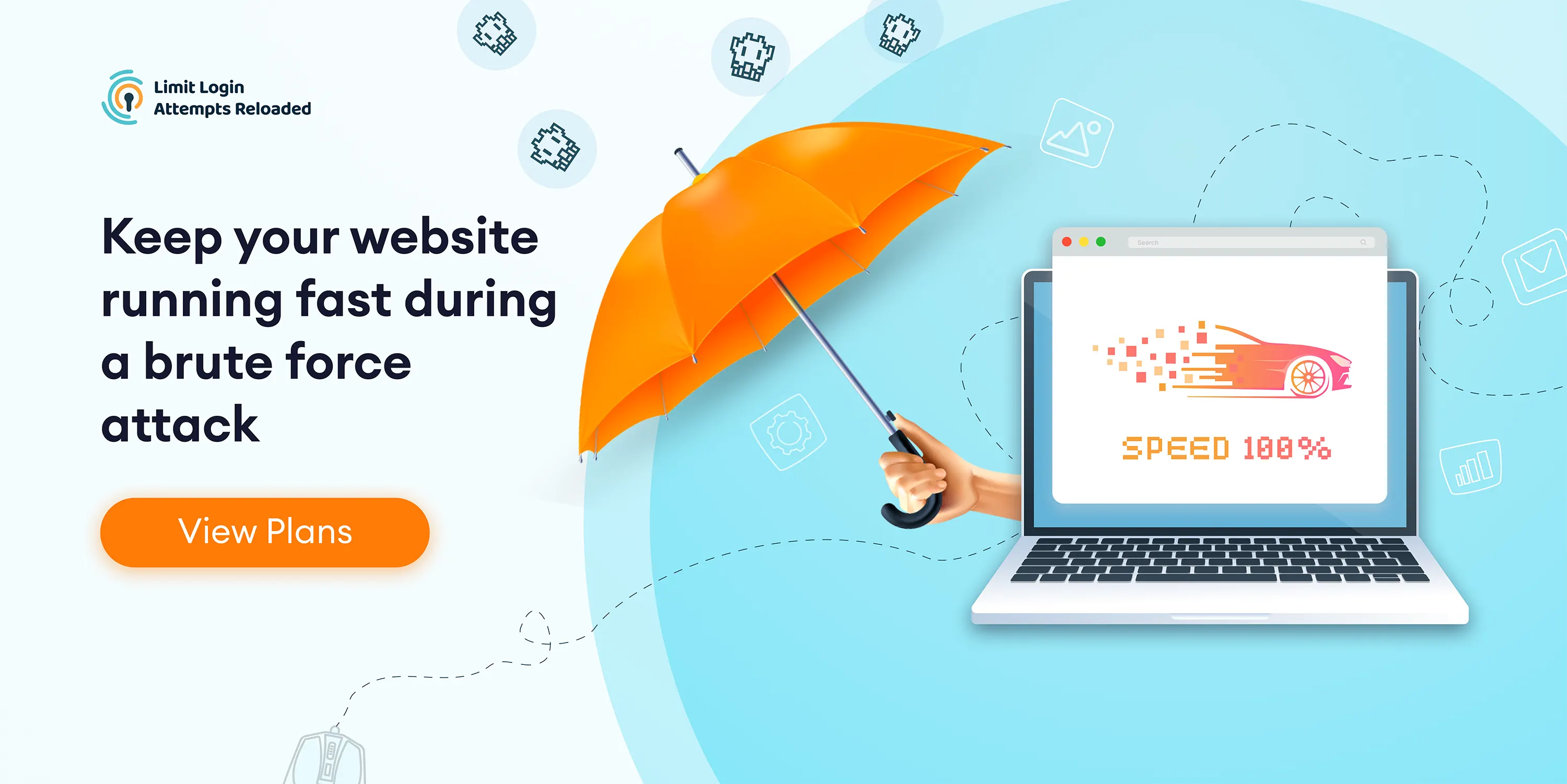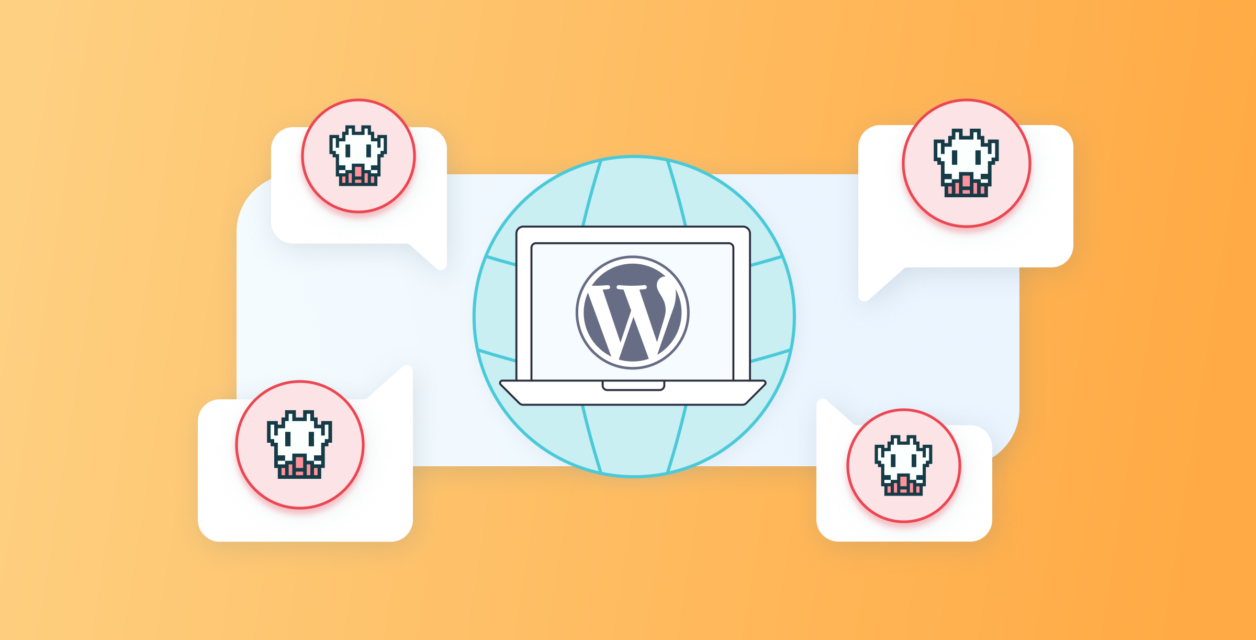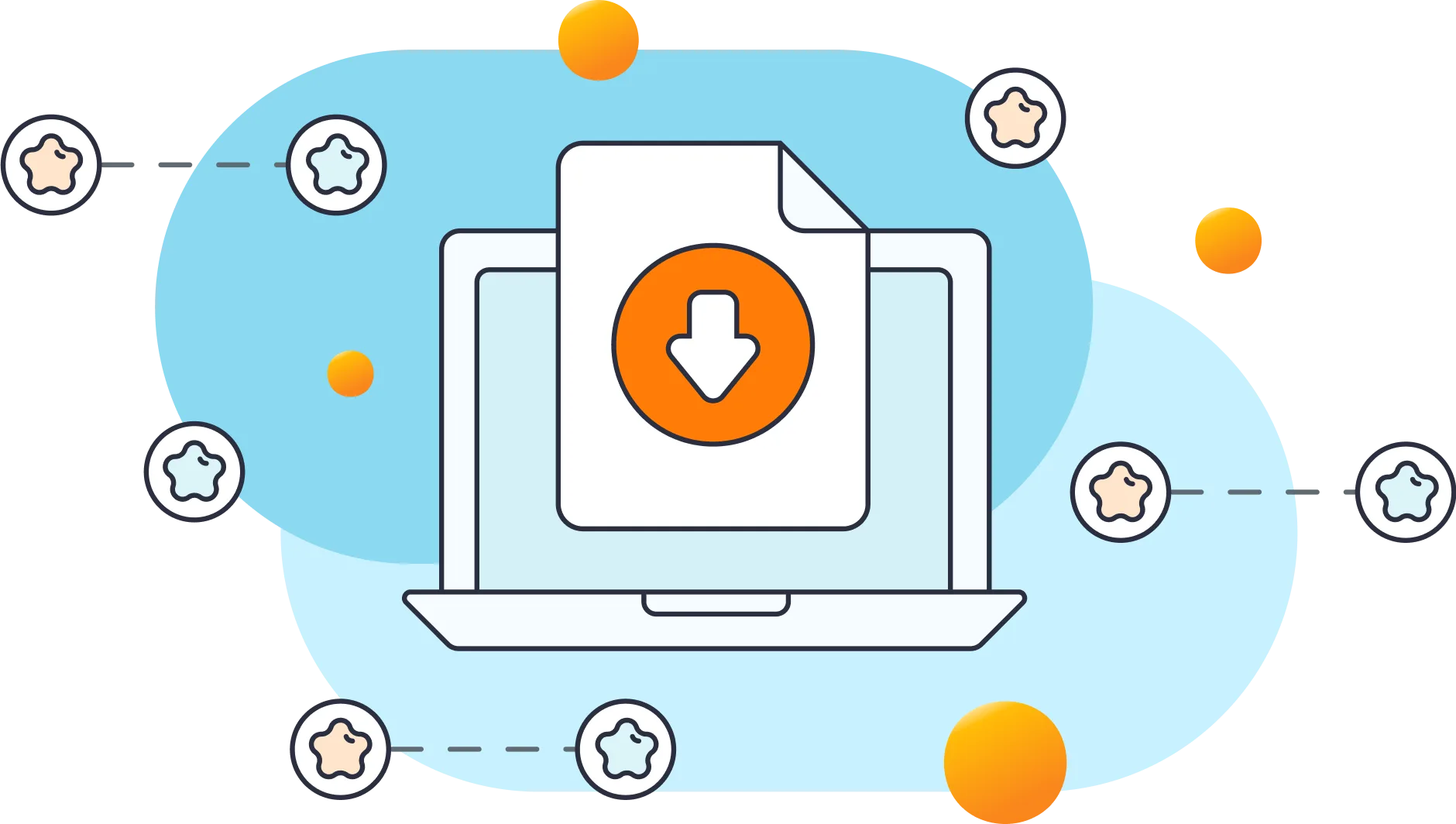For most digital agencies, the reliance on WordPress as a CMS has become ubiquitous. As agencies harness the power of WordPress, security emerges as a critical focal point. In an era marked by escalating cyber threats and vulnerabilities, security is indispensable is not merely a matter of choice, but a requirement. This article discusses the pivotal role that various security measures play in safeguarding WordPress-powered websites, and the responsibilities agencies have to protect their clients.
Key Takeaways
- WordPress security is a mandatory focus for digital agencies due to its widespread use as a CMS.
- Vigilance against potential vulnerabilities is necessary as WordPress's open-source nature presents challenges.
- Regularly update third-party plugins and themes to prevent vulnerabilities; user authentication and access management require attention.
- Secure hosting practices, including encryption, regular backups, firewalls, and multi-factor authentication, are essential for a robust defense.
- Prioritize hosting providers with security features like firewalls, DDoS protection, and compliance with industry standards.
- Use plugins to limit login attempts, create a network for managing blocklists, and integrate threat intelligence services for enhanced protection.
- Rigorous vetting, regular updates, and client education on best practices minimize vulnerabilities in plugins and themes.
- Use long, complex passwords, implement unique passwords for each account, and leverage password managers for enhanced security.
- Transparent communication through clear privacy and GDPR policies, strict access controls, and adherence to data protection regulations are vital.
- Proactively install security plugins, disable vulnerable features, and stay vigilant against emerging threats to refine security protocols continually.
Understanding the Threat Landscape for WordPress Websites
WordPress has emerged as a powerhouse for creating and managing websites, serving diverse purposes from personal blogs to e-commerce platforms. However, the open-source nature of WordPress also brings forth a unique set of challenges, particularly in community security. As the popularity of WordPress continues to soar, it becomes imperative for website owners, administrators, and contributors to be vigilant against threats that can compromise the integrity of their online communities.

Commons Security Threats to WordPress Websites
The open-source nature of WordPress brings forth a unique set of challenges, particularly in community security.
- Third-Party Plugins and Themes
- Access Management
- User Authentication
- DoS Attacks
- Brute Force Attacks
Third-Party Plugins and Themes: A Double-Edged Sword
- While enhancing functionality and aesthetics, third-party extensions can introduce vulnerabilities.
- Regular updates and sourcing from reputable developers are crucial to prevent exploitation.
User Authentication: Protecting the Gateway
- Weak passwords and lack of two-factor authentication are common entry points for attackers.
- Regularly audit user accounts to eliminate outdated or compromised credentials.
Success Stories Hundreds of Agencies Across The World Use LLAR






Access Management: Navigating the Collaborative Terrain
- Inadequate user role configurations can lead to data leaks or modifications.
- Conduct regular audits to ensure precise user roles and permissions.
DoS Attacks: Guarding Against Disruption
- Implement reliable DDoS mitigation strategies, such as CDNs and firewalls.
- Proactive measures are essential to maintain uninterrupted community access and engagement.
Brute Force Attacks: Breaking Through the Defenses
- Brute force attacks target weak login credentials by systematically attempting various password combinations.
- Enforcing account lockouts and limiting login attempts can mitigate the risk posed by brute force attacks.
Security Starts with Reliable Web Hosting
Adopting secure hosting practices is not just a matter of choice but a strategic requirement by digital agencies. By incorporating encryption, regular backups, firewall protection, multi-factor authentication, software updates, and intrusion detection systems into your hosting strategy, you create a robust defense against the evolving landscape of cyber threats. Here are some of the best practices that digital agencies should employ in regards to web hosting.
Best Practices For Secure Web Hosting
- Data Encryption
- Regular Backups
- Firewall Protection
- Multifactor Authentication (MFA)
- Regular Software Updates
Encryption: Safeguarding Data in Transit
- To protect your website's defenses, implement SSL/TLS encryption protocols.
- According to Google's transparency report, over 90% of web traffic is now encrypted, highlighting the growing emphasis on secure data transmission.
Regular Backups: A Safety Net for Your Data
- Mitigate the impact of potential data loss by establishing a regular backup routine.
- A study by Acronis revealed that 58% of small businesses experienced data loss in 2020, emphasizing the importance of proactive backup strategies.
Firewall Protection: Building a Digital Perimeter
- Create a robust firewall protection to filter and block malicious traffic.
- The Verizon Data Breach Investigations Report found that 43% of cyberattacks target small businesses, making firewalls a critical defense mechanism.

Multi-Factor Authentication: Adding Layers of Security
- Strengthen access controls by implementing multi-factor authentication (MFA) for users.
- Microsoft reported that MFA can block 99.9% of account compromise attacks, showcasing its efficacy in thwarting unauthorized access attempts.
Regular Software Updates: Closing Vulnerability Gaps
- Stay ahead of potential exploits by promptly updating server software and applications.
- According to a survey by Ponemon Institute, 60% of data breaches result from unpatched vulnerabilities, underscoring the significance of timely updates.
Choosing a Secure Hosting Provider
Choosing a reliable hosting provider is a critical decision that directly impacts the performance, security, and overall success of your website. Begin by prioritizing providers that emphasize security features, such as firewalls, DDoS protection, and malware scanning. Look for those that offer easy integration of SSL/TLS certificates to ensure encrypted data transmission. Regular backups, proactive server software updates, and an effective incident response plan are essential elements that safeguard against potential data loss and security breaches.
Consider the provider's customer support quality, assessing their responsiveness to security-related queries and incident resolution. Checking for intrusion detection systems, multi-factor authentication options, and compliance with industry standards further contribute to a hosting provider's reliability. Evaluate scalability options and resource allocation to ensure the hosting solution can grow with your website's evolving needs.
Avoid prioritizing price as the primary factor in your decision-making process, as cheaper hosting solutions often compromise on security measures. Instead, rely on reviews and actively participate in the WordPress community to gather testimonials and insights.
Login Security: Preventing Brute Force Attacks
Securing login credentials is a primary concern for digital agencies entrusted with safeguarding client and user data. Brute force attacks, where malicious actors systematically attempt various password combinations, pose a significant threat to the integrity of online platforms. Here, we present a some practical tips for preventing brute force attacks in your network.
How Agencies Can Prevent Brute Force Attacks
- Use plugins to limit login attempts
- Create a network to manage blocklists
- Enrich blocklists with malicious IP data
- Disable XML-RPC logins
- Block logins by country
Install a Plugin to Limit Login Attempts
- Example: Limit Login Attempts Reloaded Plugin
- How to do it: Install the Limit Login Attempts Reloaded plugin on WordPress sites (Free). Configure settings to limit login attempts, setting a specific number of retries before a temporary lockout. Adjust lockout durations to deter brute force attacks effectively.
Create a Network to Manage IP and Username Blocklists and Safelists Between Domains
- Example: Centralized Security Management Systems
- How to do it: Establish a central management system to coordinate IP and username blocklists and safelists across multiple domains. Utilize tools like Limit Login Attempts Reloaded' s network creation to synchronize and streamline security measures.
Enrich Your Blocklists with Malicious IP Data to Improve Protection
- Example: Integration with Threat Intelligence Services
- How to do it: Integrate blocklists with threat intelligence services like IPinfo or AbuseIPDB. Automate updates to incorporate real-time data on malicious IP addresses. Limit Login Attempts Reloaded offers this as a feature in their premium plus plan.
Disable Logins from XML-RPC
- Example: Disable XML-RPC using plugins
- How to do it: Use the Limit Login Attempts Reloaded premium plugin to disable XML-RPC on WordPress sites. XML-RPC is a common target for brute force attacks. Navigate to the LLAR settings inside the WP dashboard, locate the XML-RPC option, and disable it.
Country Blocking
- Example: Block Logins By Country
- How to do it: Use the Limit Login Attempts Reloaded premium plugin to block logins by country on WordPress sites. If your clients exclusively engage users from a specific country, there's no need for login attempts from IPs outside that country. Access the LLAR login firewall within the WP dashboard, find the Country Access options, and include or exclude the countries as desired.
Managing Plugins & Themes to Reduce Vulnerabilities
Vulnerabilities can pose significant risks to client websites. Here are some proactive strategies to minimize plugin and theme vulnerabilities, ensuring clients are best protected.

Vet Plugins and Themes Rigorously: Quality Assurance Matters
- Encourage your team to conduct thorough quality assurance checks before integrating any plugin or theme into a client's website. Verify the reputation of developers and choose products from trusted sources to minimize potential vulnerabilities.
- Consider plugins and themes that are updated regularly, have reviews, and are proactive in their support forums on WordPress.org.
Prioritize Regular Updates: The Cornerstone of Security
- Instill a culture of regular updates among your team and clients. Timely updates ensure that plugins and themes are equipped with the latest security patches, reducing the risk of exploitation by potential threats. Enable auto-updates on all plugins and themes.
- Use sites such as Patchstack and WP Scan to inquire about security vulnerabilities.
Educate Clients on Best Practices: Knowledge is Power
- Provide clients with educational materials emphasizing best practices. Advocate for the use of reputable plugins and themes, and educate clients on the risks associated with third-party sources. A well-informed client is an ally in maintaining a secure website.
Implement Automated Security Audits: Proactive Vigilance
- Integrate automated security auditing tools into your agency's workflow. Regular scans help identify vulnerabilities swiftly, allowing your team to address issues before they pose a threat to client websites.
Password & Account Best Practices for Agencies
Digital agencies, particularly those working within the WordPress ecosystem, play a critical role in ensuring the security of their clients' website.
Best Practices to Protect Password & Accounts for Agencies
- Use Long & Complex Passwords
- Avoid Guessable Information
- Implement Unique Passwords for Each Account
- Use Passphrases
- Avoid Dictionary Words
- Use Password Generators
- Regularly Update Passwords
- Use Passwords Managers
Length Matters: Aim for Complexity
- Begin by crafting a password that is at least 12 characters long.
- Include a mix of uppercase and lowercase letters, numbers, and symbols to enhance complexity.
- An example of a long and complex password is "TrR566!);IURfuI".
Avoid Easily Guessable Information
- Steer clear of using easily obtainable or guessable information such as birthdays, names, or common words.
- Opt for a combination of unrelated characters to reduce the risk of password predictability.
Unique to Each Account: No Repetition Allowed
- Resist the temptation to reuse passwords across multiple accounts.
- Create a unique password for each digital platform or service to mitigate the impact of potential security breaches.
Passphrases for Memorability and Strength
- Consider using a passphrase, combining unrelated words or a sentence that is easy for you to remember.
- Ensure the passphrase remains unique and is not a commonly known phrase.
Avoid Dictionary Words: Invent Your Own
- Refrain from using dictionary words or easily guessable combinations.
- Create your own memorable combination that is not susceptible to dictionary-based attacks.
Randomness is Key: Use Password Generators
- Leverage password generator tools to create highly random and secure passwords.
- Many password managers offer built-in generators that can provide strong and unique passwords for each account.
Regular Updates: Change With Caution
- Commit to changing your passwords regularly, especially after security incidents or when prompted by the platform.
- Exercise caution and ensure the updated password adheres to the same strength guidelines.
- Try using a login security checklist to ensure you stay on track with crucial security updates.
Store Securely: Utilize Password Managers
- Consider using a reputable password manager to securely store and organize your passwords.
- Password managers offer encrypted storage, reducing the need to memorize multiple complex passwords.
Handling Client and User Data Responsibly
Digital agencies have a legal and ethical responsibility to protect client and user data. Aside from the security measures mentioned in articles, there are many legal and administrative measures that must be accounted for such as GDPR and HIPAA. In this section, we'll discuss the different these different measures and how to handle it.
Best Practices for Handling Client & User Data
- Transparent Communication
- Strict Access Controls
- Compliance with Regulations
Transparent Communication: Clear Policies
- Create and prominently display a privacy policy and GDPR policy on your client's website, clearly outlining how user data is collected, processed, and utilized. Use simple language to enhance user understanding and trust.
- A privacy policy is a statement or legal document that discloses some or all of the ways a party gathers, uses, discloses, and manages a customer or client's data.
- GDPR stands for the General Data Protection Regulation. It is a comprehensive data privacy and protection law that came into effect on May 25, 2018, in the European Union (EU) and the European Economic Area (EEA). The GDPR aims to strengthen and unify data protection for individuals within the EU/EEA and address the export of personal data outside these regions.
- There are multiple WordPress GDPR plugins that make it easy to get into compliance.
Strict Access Controls: Limiting Permissions
- Define and manage user roles with precise permissions, ensuring that only authorized personnel have access to specific levels of client and user data.
- In your WordPress dashboard, define user roles and assign specific capabilities based on job responsibilities.
- Limit administrative access only to necessary personnel, ensuring others have restricted permissions.
Compliance with Regulations: Stay Informed and Adhere
- Regularly review and update your practices to align with the latest data protection regulations. Use online resources, attend webinars, or consult legal professionals to stay informed about evolving compliance requirements.
Final Word
By implementing these proactive measures, such as installing plugins like Limit Login Attempts Reloaded to limit login attempts and disabling vulnerable features like XML-RPC, agencies can significantly bolster their clients' defenses. Creating a network for centralized security management ensures a synchronized approach across multiple domains, while the integration of threat intelligence services enriches blocklists with real-time data, enhancing overall protection. As the digital landscape evolves, agencies must remain vigilant, staying abreast of emerging threats and continually refining their security protocols. Regular audits, ongoing education, and a culture of adaptability will be crucial elements in ensuring sustained resilience against evolving cyber threats.
Frequently Asked Questions
Limiting login attempts mitigates the risk of brute force attacks, where attackers systematically guess passwords. It adds an extra layer of security to safeguard your WordPress site.
A centralized system streamlines IP and username blocklists, promoting synchronized security measures across multiple domains, enhancing overall protection against unauthorized access.
Integrating with services like IPinfo or AbuseIPDB enriches blocklists with real-time data on malicious IP addresses, augmenting the effectiveness of your security measures.
Disabling XML-RPC, especially with plugins like Limit Login Attempts Reloaded, helps mitigate potential vulnerabilities associated with this feature, commonly exploited in brute force attacks.



